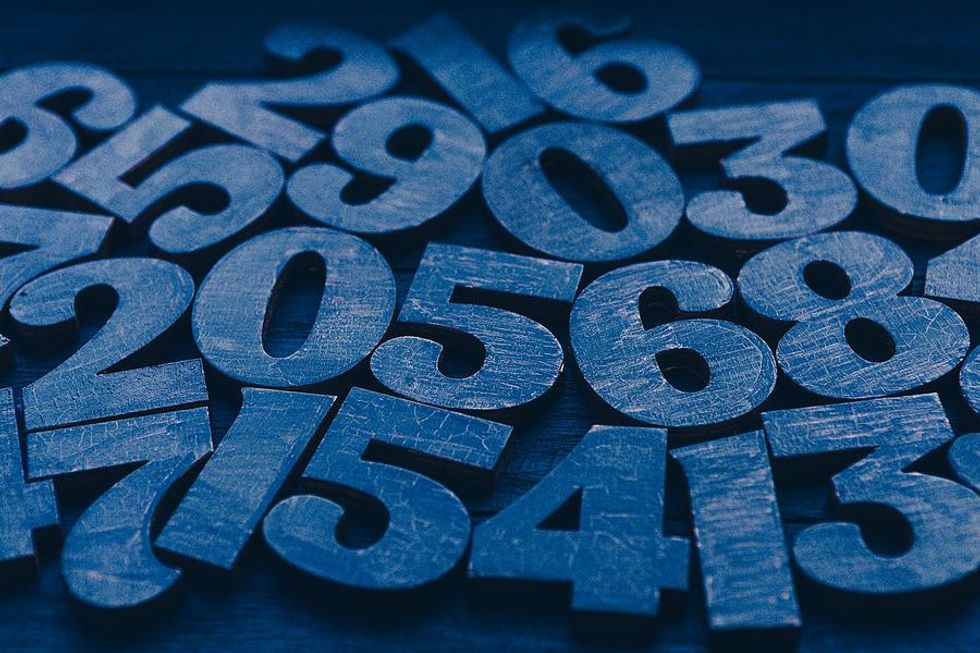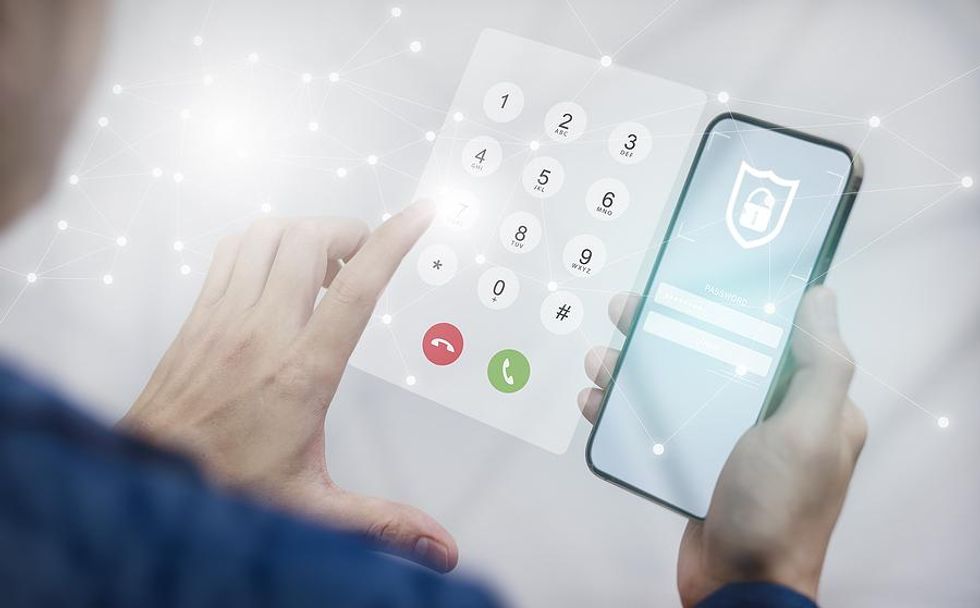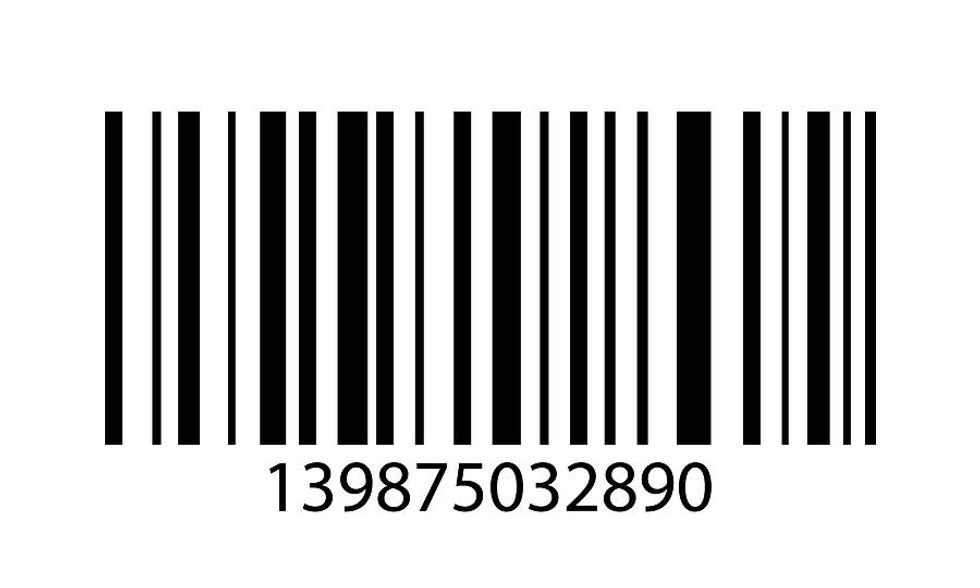Many times during my career, I have been faced with a dilemma: will we develop an intelligent numbering system or do we utilize an increasing integer system? It does not matter if we are discussing article numbers in an ERP system, CAD drawings, or any other nomenclature for a work product. The question of intelligent numbering always comes up in the conversation.
To help define a “smart” system, adding any intelligence to the name of a product that helps the end user quickly identify product attributes constitutes a smart numbering system.
Some examples:
- Area Codes in the Phone Company:
- 216 – Cleveland
- 310 – Los Angeles
- 212 – New York City
- Manufacturing Numbers:
- 100### – machined parts
- 200### – electrical components
- 300### – weldments
- Car & Truck Tires
- P### – tire width
- ##R## – aspect ratio and Diameter
Why Do People Like “Smart” Numbers?

Bigstock
When your phone rings, you have a good idea where the call originated based on three digits. If you are buying tires, you already know the basics before you have looked into performance, speed rating, and wear. Walking into a production facility, you can grasp what is occurring by identifying the part number. Intelligent numbers help users to find information quickly.
When the system is well defined (i.e., tires), the market accepts these as norms and uses these intelligent numbers as jargon. These systems can simplify discussions and aid in swift communication. People gravitate to these systems because it simplifies their effort.
“Smart” Numbers Are Finite… And Will End In Conflict.

Bigstock
Eventually, all smart systems will fill up the available combinations and end. The finite list of combinations will result in overlap or run-out over time. Allow me to illustrate.
When I was younger, Cleveland had one area code for all phone numbers: 216. Ohio Bell notified everyone two new area codes would be added to the “216” region because they ran out of numbers. Ohio Bell overlaid 440 and 330 in the same geographic region changing people's phone numbers. I became 440, and my grandmother remained 216. With the new numbers, Ohio Bell had eight million unique numbers to fulfill.
Further back in time, phone numbers began with two-letter codes for the city you lived in. A famous number in Cleveland (sing it loud my friends)…
“GArfield 1 – 23 23”
GA referred to a suburb of Garfield south of Cleveland. Commercials ran every day with this jingle, and to this day, you can still dial the number to have your windows replaced (I checked).
What happened when cities like Garfield, Garrettsville, and Gates Mills in Ohio all had the same prefix? How did everyone differentiate? Quickly Ohio Bell abandoned the “city” designation for a series of “dumb” numbers to manage their systems.
Careers Have Moments Of Déjà Vu…

Bigstock
Early in my career, I was debating this subject with one of my mentors. We were launching a new ERP, and we had the debate of intelligent versus dumb numbers. He joked that would not be my last argument on the subject, and he offered I would have this conversation many times throughout my career.
I have assisted or witnessed seven ERP installations in my career. I have been included in the implementation team three times. I have had the “smart” number conversation 10 or more times as well. History regularly repeats itself.
Most companies have developed a “smart” system out of necessity. In the early days, the business needed a shortcut. ERP systems and spreadsheets were nonexistent. These “smart” systems made work easier.
In each numbering conversation, I have been an advocate for the “dumb” method. Collisions will occur, and numbers will run out. With a phone number scenario, eight million combinations takes a long, long time to fulfill.
I spent 13 years in commercial truck wheels. We had a smart system where the first digit defined the wheel diameter. We used integers 0 through 9, so we had room for 10 different wheel diameters. Wheels are sold in many sizes, and one particular diameter class is 17.0 inch and 17.5 inch. The number “6” was assigned to 17.# inch-diameter wheels. Did you know if the wheel was 17.0 or 17.5? You could not tell because of the overlap. Worst yet, we exceeded 10 different wheel diameter sizes in our growth over the years from 13-inch to over 27-inch diameter wheels. Once we outgrew the “10” combinations, what did we do about part numbers?
“Dumb” Numbers Do Not Save The Day.

Bigstock
The punchline? Use a “dumb,” sequential number with no significance, no finite value, and no collisions with every new item created. Problem solved, right?
Does the number 2164212323 mean anything? Some will notice my example above. Will 2169311212 have any relevance?
Without context, dumb numbers have no meaning. They are simply a string of digits. UPC codes, VIN numbers, and zip codes are just a series of alphanumeric digits defining something. Without a “key” to their meaning, what value do they add? The answer is nothing.
“Dumb” numbers require a system behind them. Zip codes must have a geographical key to unlock their destination. UPC codes need a computer system in the background to reference numbers. VIN numbers can be unlocked with the manufacturer’s codes.
With a good support system, “dumb” numbers work very well. Knowing how to find information from these numbers relies on the infrastructure. Social Security numbers and credit cards are excellent examples. With the infrastructure, these numbers can unlock treasure troves of information or can allow you to spend money without fear.
What Do I Do — Stay “Smart” Or Act “Dumb”?

Bigstock
Once in my career, I may have gotten it right for the situation. Most implementations, my teams have selected the purely “dumb” solution for ease. Only once did I witness the wrong decision.
“Smart” numbers will eventually fail. They are fantastic in the short run because they short-cut the system. People will use these numbers almost as their own language. Despite the benefits and ease of use, a “smart” system will collapse.
“Dumb” numbers are simple to implement. Integers are sequential, and the product associated with each interval is random. With a background support system, “dumb” numbers will run forever.
My best implementation was a result of my ERP team’s Kaizen event. I used the phone number example to draw them away from “smart” numbers that had already failed in the previous 10 years. My team was against truly “dumb” numbers because they lost all intelligence for the product. We found a compromise.
Our first five digits were a class of parts defined by their primary attribute. We had 100,000 available combinations within this sequence, so it was difficult to exhaust all of those numbers within our lifetime. The second set of numbers was also five digits that were sequential for the item that was generated.
Stainless steel nuts & bolts began with the number 12457, and each size or length was the sequential integer defining its unique attribute (12457-0001, 0002, etc.). We had seven thousand plus variations for diameter, length, screw top, etc., and we knew every one of these items was stainless steel. Black oxide nuts & bolts were 12458, and plain steel were 12456.
Which Solution Is Best?

Bigstock
I can say with certainty the “smart” approach will eventually create problems. I have seen these collisions and finite combinations end long before the company needs room to grow. I discourage “smart” sequences for any business.
“Dumb” numbers have been quite successful. When the backbone structure is present, simply typing a number into a system gives me everything I need. Credit card companies use a 16-digit system yielding over a trillion combinations. These systems are extremely effective and valuable when tied to a strong infrastructure.
Personally, I was proud of my team and their effort to develop the hybrid system. We took elements of each concept and created a new paradigm. We were able to stock items in our warehouse by the first five digits, and we even used these “smart” codes to plan production. When it came to the discrete end item, the system provided specific details.
Challenge yourself when making these decisions. Is the intelligence worth the risk of running out of numbers? Does the “smart” system add value? Can I live with “dumb” numbers that are essentially random? Working with your ERP implementation team, complete an exercise to determine what is best for you.
Remember, our lives were bound by smart systems—area codes. We all were defined by the region where we lived. With the finite series of numbers within that area code and with the introduction of cell phones, which can be geographically located anywhere in the world, our phone numbers are truly dumb. The only intelligence added to your phone number is you.




